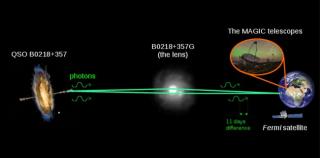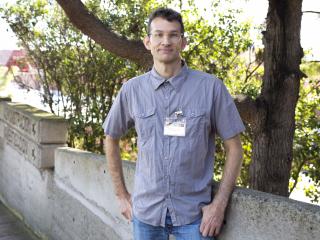
Alejandro Cardesín knows what he is talking about when you ask him about space missions. He has been working for ten years in the European Space Agency (ESA), involved in several projects studying the Solar System, including the Rosetta mission to Comet Churyumov-Gerasimenko, and Venus Express. At the present time, this telecommunications engineer is part of the projects to explore Mars, such as Mars Express and Exo Mars, which was put into orbit around the red planet a few weeks ago. One of its objectives will be to examine the conditions for the development of life on the planet. But his
Advertised on




